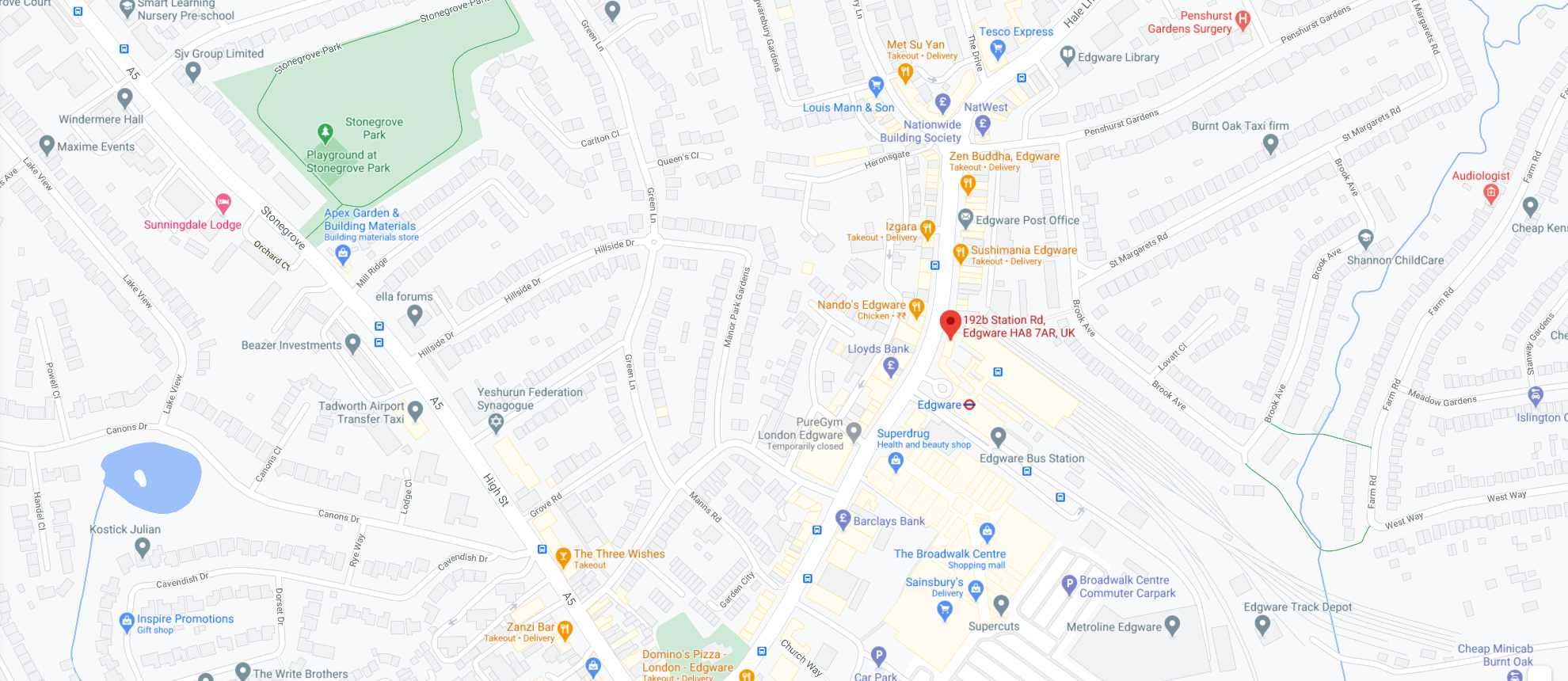- call us now! 033 33 447 300
Who is the scheme designed for?
A Help to Buy: Equity Loan could be appropriate if you feel confident that you can successfully manage a mortgage, yet you are unable to find an affordable property, or you are having trouble finding the large deposit that so many lenders require today.
The scheme described below is only available to those buying a new build property in England. The Scottish Government and Welsh Government run similar schemes.
To qualify for a Help to Buy: Equity Loan, you must be a first-time buyer, 18 or over and able to afford the fees and interest payments. You cannot qualify if you have ever owned a home or residential land before (in the UK or abroad) or had any form of sharia mortgage finance. The property being purchased must be a new-build (which has not previously been lived in by anyone), sold by a Help to Buy registered homebuilder and the only home that you own and live in. There is also a maximum purchase price limit for the new home depending on where in the country it is situated.
How does it work?
You need to pay a minimum deposit of 5% and arrange a mortgage of at least 25% of the property price. You will then be able to obtain a loan of between 5% and 20% (40% for home-buyers within London) of the total price of your newly built home from Homes England (a government agency). With the Help to Buy: Equity Loan being interest-free for the first five years it can be a very attractive scheme.
You will pay a small, monthly management fee of £1 from the start of the loan until it is repaid and, if you haven’t repaid the equity loan before the end of the first five years, you will then also be required to pay interest, charged on the amount that you have borrowed. This starts at 1.75% of the loan and increases every year in April, by adding the Consumer Price Index (CPI) plus 2%.
The loan will need to be repaid in full at the end of the equity loan term (normally 25 years), when you pay off your repayment mortgage or when you sell your property; whichever occurs first. You may repay part of the loan early by making voluntary repayments of at least 10% of the prevailing property value.
When it comes to paying the loan back, the amount you pay depends on the market value of the loan and not the exact amount of cash you initially borrowed.
The following example shows how a Help to Buy: Equity Loan can work:
You purchase a new build property priced at £200,000. You have paid a 5% deposit of £10,000, the government has given you a loan of 20% (£40,000 in this case) and the remaining 75% (£150,000) has been borrowed from a commercial lender.
When you come to sell your home, its value has risen to £210,000.
You would repay £42,000 to Homes England - 20% of the value of the property. You would receive £168,000 (80%) which, after repaying the ‘main mortgage’, would leave you £18,0000 (less any fees and costs), from your mortgage and the deposit.
If, however the value of your home has fallen you will pay less than you borrowed:
If we use the example above but assume the current value of the property is £190,000, then the amount you repay to Homes England will be £38,000, leaving you with £2,000 (less any costs and charges) after repaying the main mortgage of £150,000.
The scheme will run until 2023.
A HELP TO BUY EQUITY LOAN IS A LOAN SECURED AGAINST YOUR HOME.
YOUR HOME MAY BE REPOSSESSED IF YOU DO NOT KEEP UP REPAYMENTS ON YOUR MORTGAGE.
STOCK DATA
| Value | Move | % |
| FTSE 100 | ||
| 8403.18 | 74.58  |
0.895  |
| FTSE 250 | ||
| 19483.05 | 244.811  |
1.273  |
| FTSE 350 | ||
| 4588.78 | 42.73  |
0.94  |
| FTSE All Shares | ||
| 4538.87 | 42.3  |
0.941  |
| Dow Jones | ||
| 39606.57 | 419.59  |
1.071  |
| Nasdaq | ||
| 16708.05 | 407.633  |
2.501  |















